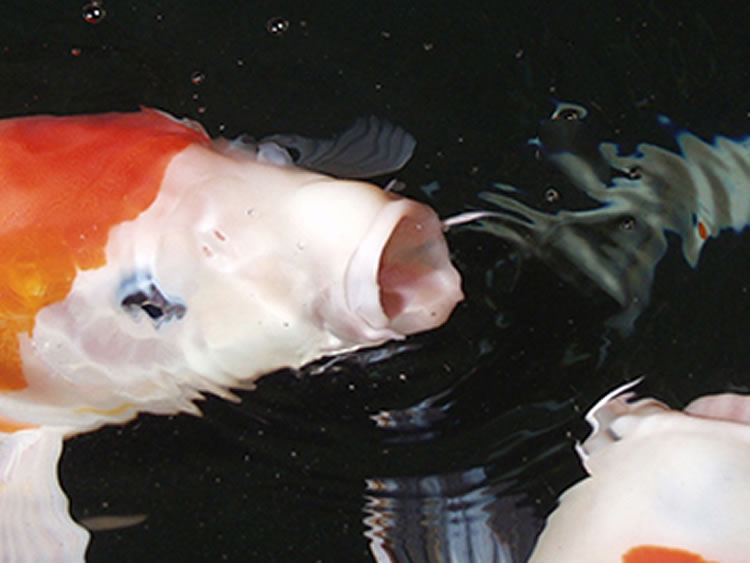Welcome to our comprehensive guide on how to raise the pH level in a koi pond. Maintaining the right pH balance in your koi pond is crucial for the health and well-being of your fish. Koi fish thrive in a pH range of 7.0 to 8.5, so it’s essential to monitor and adjust the pH levels regularly to ensure a healthy environment for your beloved koi.
Understanding pH in a Koi Pond
pH is a measure of the acidity or alkalinity of water. In a koi pond, the pH level indicates how basic or acidic the water is. A pH level below 7.0 is considered acidic, while a pH level above 7.0 is alkaline. Koi fish prefer slightly alkaline water, so maintaining a pH level between 7.0 and 8.5 is ideal for their health and growth.
Signs of Low pH in a Koi Pond
Low pH levels in a koi pond can have adverse effects on the health of your fish. Some common signs of low pH in a koi pond include:
- Sluggish behavior
- Loss of appetite
- Stress and increased susceptibility to diseases
- Reduced growth and reproduction rates
- Damage to the gills and skin
Methods to Raise pH in a Koi Pond
Now that you understand the importance of maintaining the right pH level in your koi pond, let’s explore some effective methods to raise the pH:
1. Baking Soda
Baking soda is a commonly used household item that can help increase the pH level in your koi pond. To use baking soda, dissolve it in a bucket of pond water before adding it to the pond. Monitor the pH level regularly to ensure you achieve the desired pH range.
2. Crushed Coral
Crushed coral is a natural way to raise the pH level in a koi pond. Place the crushed coral in a mesh bag or container and submerge it in the pond. The coral will slowly dissolve, releasing minerals that help increase the pH level over time.
3. Oyster Shells
Similar to crushed coral, oyster shells can also be used to raise the pH level in a koi pond. Simply place the oyster shells in a mesh bag or container and submerge them in the pond. The shells will gradually dissolve, releasing calcium carbonate to increase the pH level.
4. Aeration
Proper aeration is essential for maintaining the pH level in a koi pond. Aeration helps increase oxygen levels in the water and prevents pH fluctuations. Consider installing an aerator or fountain to ensure adequate aeration in your koi pond.
5. Water Changes
Regular water changes can also help stabilize the pH level in a koi pond. When performing water changes, make sure to use dechlorinated water to avoid shocking the fish. Monitor the pH level after each water change to ensure it remains within the optimal range.

Credit: pondaquariumproblemsolver.co.uk

Credit: premierpond.com
Conclusion
Ensuring the right pH level in your koi pond is essential for the health and well-being of your fish. By following the methods mentioned above, you can effectively raise the pH level in your koi pond and create a healthy environment for your beloved koi. Remember to monitor the pH levels regularly and make adjustments as needed to maintain a stable and optimal pH range for your koi fish.


